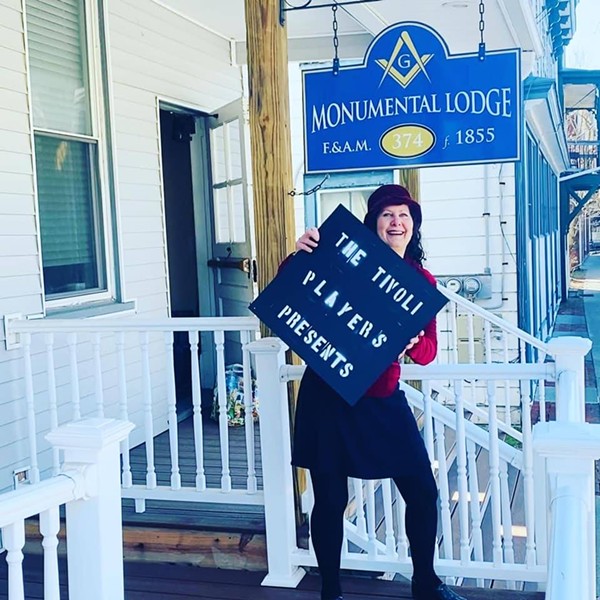Bard professor Johnson did indeed write those books, and a colleague at the international writers organization PEN laid that nickname on him, but as for the rest? He’s a good fiction writer.
Even at a mere 6’ 4”, with no visible lye burns or bone on his belt, Johnson cuts an imposing figure as he lopes into Bard’s student center. He’s a burly man with buzz-cut hair and intense dark eyes, the sort of keep-you-guessing multiethnic looks that built a career for Vin Diesel. Today he’s been slammed by a winter cold he caught from his three children. “I feel like I have a pound and a half of spaghetti inside my head,” he says affably, settling down at a table that seems much too small for his frame. He’s holding a copy of his latest book, The Great Negro Plot, from a carton that just arrived at his house.
Born in 1970, Johnson grew up in “racially stratified” Philadelphia. His mother is African American; his father, Irish American. After his parents’ divorce, he was raised by his social worker mother in a largely black section of the city, Germantown, where he often felt like a standout. “When I was a little kid, I looked really white—I was this little Irish boy in a dashiki.”
Germantown was “not the roughest neighborhood, but not the best.” Johnson stayed indoors a lot, becoming an avid reader. His first love was comic books. “Then I realized that for the same 75 cents I spent on an Incredible Hulk comic, I could buy a whole book of science fiction that would last three or four days.”
In his teens, he transferred to a private school, Abingdon Friends, in a more affluent neighborhood. “It was the first time I was around a lot of white people. I suddenly realized I had an ethnic identity, and started to think about race.” He listened to Public Enemy and devoured The Autobiography of Malcolm X and books by W.E.B. DuBois and Toni Morrison. “African-American literature felt like an intellectual home, this place where I fit and belonged,” he says gratefully.
Like the late playwright August Wilson, Johnson seems to identify almost exclusively with the African roots of his biracial family tree. “African-American is a Creole culture. It embraces the mix,” he asserts.
The Great Negro Plot, an “urban historical,” describes a series of arson fires that sparked a witch hunt in colonial Manhattan. In 1741, the port city, known for its roustabout taverns and uncivil ways, had a large population of enslaved Africans. With memories of an abortive slave rebellion in 1712 still fresh, suspicions flared, giving rise to a kangaroo court of staggering transparency.
The trial’s star witness was Mary Johnson, a 16-year-old indentured servant who was promised her freedom in exchange for testifying. Though her eyewitness accounts wobbled like jelly, expanding to include whoever was dragged into court, and even veering toward the occult (she claimed to see “devil rats” among the cabal of slaves at her master’s tavern), the court took her word until—many months later—she wracked her brains for rich white instigators and started accusing the judges’ own families. This testimony threw her out as an unreliable witness. By then, half the city’s adult male slaves had been implicated: 160 were jailed, 72 banished, 18 hanged, and 13 burned at the stake. If the author can barely hold his indignation in check, who can blame him?
In 2001, Mat Johnson was living in northern New Jersey, and saw the Twin Towers go down. “I remember thinking, ‘I wish I had a history book from 50 years from now that could tell me what the hell’s happening.’ Not just the attack, but the heightened insanity afterward, the anthrax scare, people wanting to bomb and raze entire countries just out of fear.” He decided to explore a similar incident from a historical perspective. “The Great Negro Plot was the first terrorist attack on New York,” he observes, and it was “met with the same hysteria and militant xenophobia.”
Many historians have covered this ground, but as Johnson points out, “We still look at these incidents from a European perspective. I wanted to put the enslaved at the center of the discussion.” During the research phase, he landed a job teaching African-American Studies and Creative Writing at Bard. “Living in the Hudson Valley really helped. You still see the same names: Beekman, Rondout.” Walking around Kingston, with its traditional British and Dutch colonial architecture, mountain and river views, gave Johnson “a sense of what an agrarian Manhattan might look like.”
















